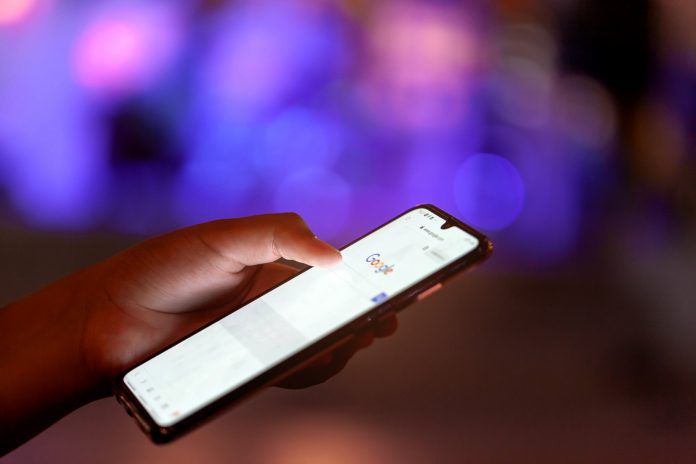A report by the Alliance for Affordable Internet (AFA) finds that just one in ten people in parts of the Global South have meaningful internet connectivity
The AFA published a report that reveals one in ten people – across nine countries in Africa, Asia and Latin America – have solid, working access to the internet. Their findings are taken from mobile surveys done across Colombia, Ghana, India, Indonesia, Kenya,
Mozambique, Nigeria, Rwanda, and South Africa.
Interestingly, there is still a significant gender disparity in access to the internet.
Christinah Ngoy, a facilitator at a development space for some of Johannesburg’s most impoverished inner-city neighborhoods, said: “They are curious, but they are not as familiar with searching for things as other kids are. It takes them longer. They’re excited, but at some point they realize they can’t do this at home.
“It’s like a door opening on all this opportunity and then it gets shut again.”
Firstly, what is meaningful internet connectivity?
Meaningful internet connectivity is different to basic internet access. It means that despite so many million people having basic internet access, they don’t have regular access with fast speeds, enough data or sufficient devices. While the concept of the internet can appear like an indulgence, it allows individuals to access healthcare services, banking, education and work.
Features such as streaming, video calling and education are only available to the people who have meaningful internet connectivity. A basic connection won’t allow an individual to sustain a regular job based online, or to pursue an education that requires internet research.
For other people, being able to Google their symptoms can decide if they get timely medical intervention. More informed populations are more likely to survive, in every way.
Report author, Teddy Woodhouse, said: “According to factors such as gender, geography, income, age, and education level, internet access has been an accelerant for economic and social progress for those who have been able to connect and stay connected.”
Research finds internet access improves life chances
The surveys found that on average, eight out of ten internet users felt confident enough to look up symptoms of COVID online. Over half could look up how to book a medical appointment, report a crime and book a ticket on public transportation.
When users had meaningful connectivity, they were roughly one third more likely to access healthcare, take a class, look for a job or participate in the digital economy. These users were also more socially active and politically aware than people with basic access to the internet.
Urban-rural divide still present in internet access
The survey revealed drastic differences in meaningful internet connectivity. For instance, while one in four people in Colombia experienced the best levels of internet, fewer than one in 160 Rwandans had the same access.
There was a lingering urban-rural divide too, with the rural gap in Rwanda clocking in at an immense 267%. This figure means that Rwanda’s digital economy would need to grow 2.5 times, just to close the urban-rural divide.
Writing about this divide, Woodhouse further said: “These inequalities not only mirror internet use but also expose the depth of inequality well beyond them.”
Women are less likely to have meaningful connectivity than men
The report finds that men are more likely to have meaningful connectivity than women. The gender gap between men and women with meaningful connectivity was found to be 197% in India.
The gender disparity is prevalent, even in countries like South Africa and Colombia – which have stamped out the gender divide in basic internet access.
Economic and social barriers are applied with extra pressure to women, especially when it comes to the use of disposable income on expensive, higher-quality internet access. If there is also the underlying element of the urban-rural divide, there may be an absence of adequate internet infrastructure in remote communities. The lack of newer, faster tech can contribute to the gender disparity, as women in remote areas are even less likely to be able to depend on the internet.
In 2015, the Women’s Rights Online programme found that women with internet access were less likely to look for a job or post their political views. The behaviour of women online is often informed by offline, sexist expectations, which can be a limiting factor in how women use meaningful connectivity when they do access it.
Those who are already marginalised, can find themselves even further marginalised.











